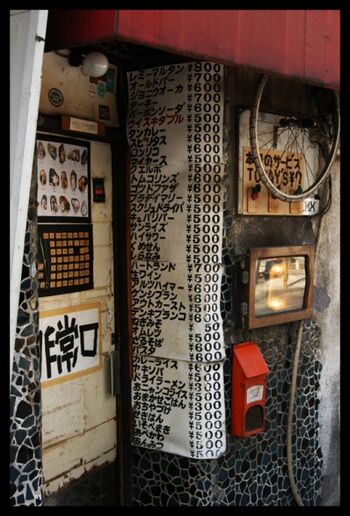Japanese language

Photo © by Sonny Santos, used by permission.
Japanese (日本語, Nihongo), the main language of Japan and the native tongue of at least 127 million people, is notable for: a complex system of honorific language which allows speakers to express and indicate their social status relative to one another; a writing system which uniquely employs a combination of three or four different scripts for different purposes; its disputed relatedness to other languages around the world; and a sound structure known as pitch accent in which the pitch of the voice alone may distinguish different words. Nowadays spoken by emigrant communities worldwide, but only widely standardised in the last century or so, Japanese is also a set of highly divergent dialects spoken across the Japanese archipelago which often bear scant resemblance to one another; likewise, the other Japonic languages of which it forms one branch are also highly distinct. Japanese literature goes back to the eighth century, while today the language continues to absorb large amounts of loanwords, previously from Chinese and today more commonly from English.
Japanese is written using a combination of three different native scripts. Chinese-derived characters (漢字 kanji) are used for the most meaningful words such as most nouns and verbs; these take some time to learn. Two further scripts, hiragana (ひらがな) and katakana (カタカナ) write moras, equivalent to but not the same as syllables, and to a degree can indicate pronunciation. The Roman alphabet, roomaji (ローマ字), is also often used in modern Japanese. Numbers are usually written with Arabic numerals, as in many countries, but kanji are also used, especially in traditional contexts.